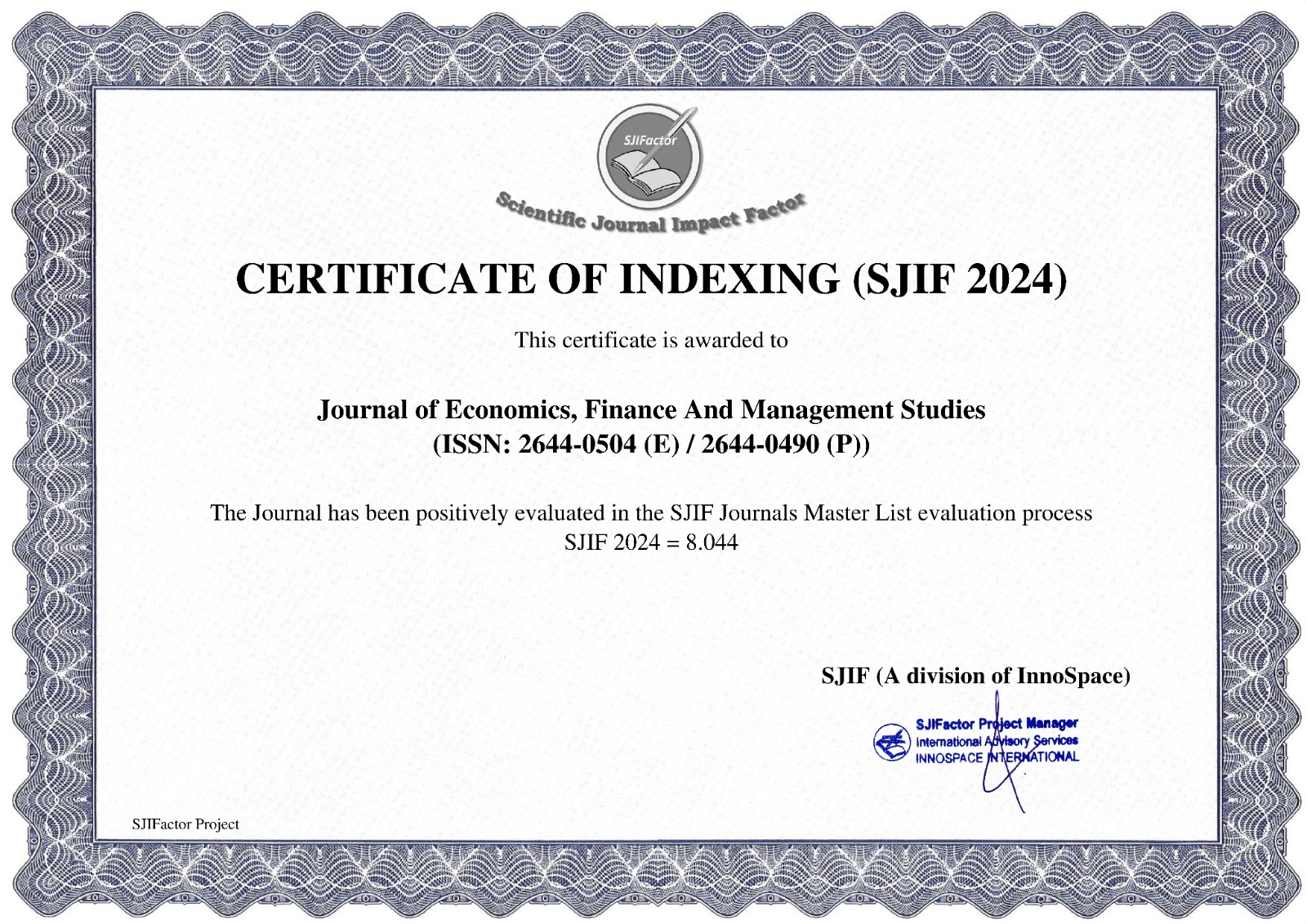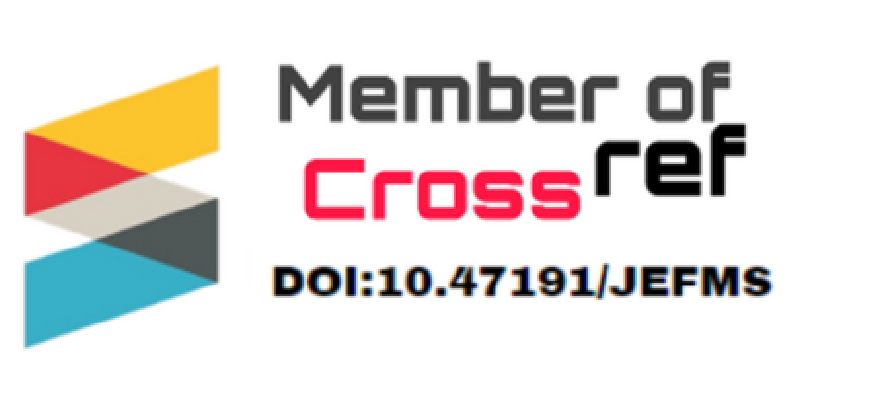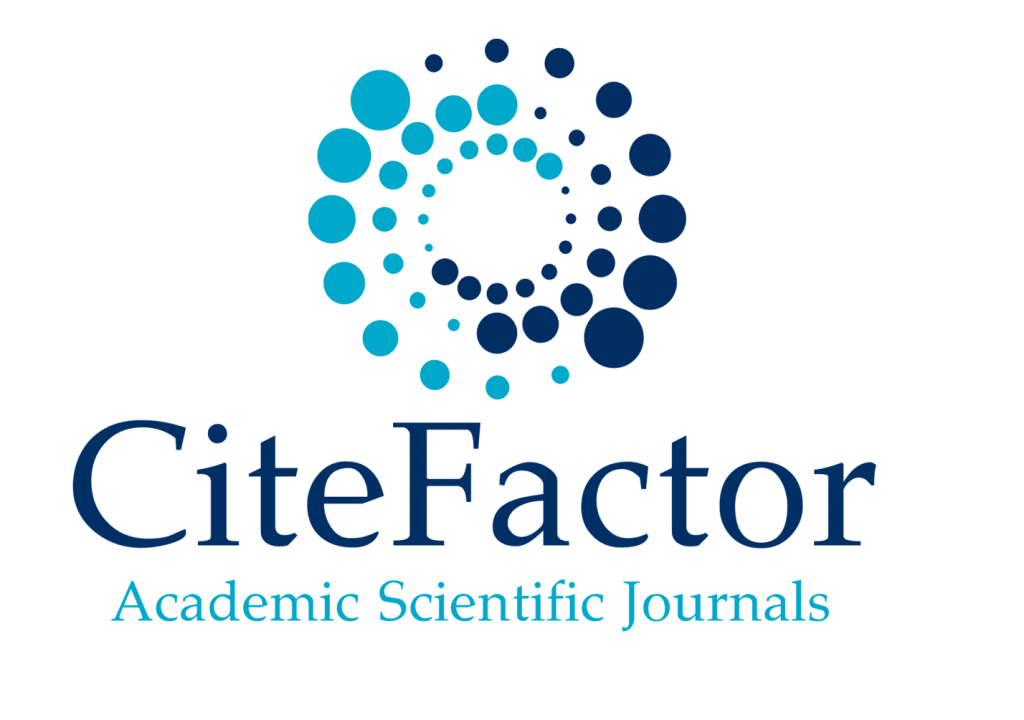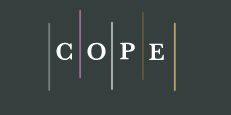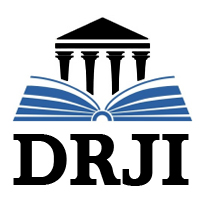The Cultural-Cognitive-Normative (CCN) Framework: Understanding Organ Donation Intentions in Vietnam
1Le Mai Nguyen Le, 2Thao Anh Vu, 3Ba Phuc Nguyen, 4Thi Thu Hoai Do
1,2,3,4National Economics University, Viet Nam
https://doi.org/10.47191/jefms/v8-i3-45ABSTRACT:
This study introduces the Cultural-Cognitive-Normative (CCN) framework, a novel theoretical integration that explains organ donation intentions within culturally sensitive contexts. We examine how cultural values moderate the attitude-intention relationship in organ donation decisions by drawing on the Theory of Planned Behavior, the Health Belief Model, and the Value-Belief-Norm Theory. Using structural equation modeling with data from 305 Vietnamese citizens, we found strong support for our proposed model (R²=0.588 for donation intention). Results reveal that the perceived severity of organ shortage (β=0.569) and perceived behavioral control (β=0.458) strongly affect attitudes toward donation. At the same time, religious and cultural values significantly moderate the attitude-intention relationship (β=-0.328). This study contributes to organ donation literature by demonstrating how traditional cultural beliefs can attenuate the translation of positive attitudes into behavioral intentions. Our findings offer implications for policymakers and healthcare practitioners seeking to enhance organ donation rates in collectivistic societies with strong ancestral traditions.
KEYWORDS:
Organ donation, Cultural-Cognitive-Normative framework, Theory of Planned Behavior, Health Belief Model, Cultural values, Vietnam
REFERENCES:
1) Ajzen, I. (1991). The theory of planned behavior. Organizational Behavior and Human Decision Processes, 50(2), 179-211.
2) Ajzen, I., & Fishbein, M. (1980). Understanding attitudes and predicting social behavior. Prentice-Hall.
3) Brislin, R. W. (1970). Back-translation for cross-cultural research. Journal of Cross-Cultural Psychology, 1(3), 185-216.
4) Champion, V. L., & Skinner, C. S. (2008). The health belief model. In K. Glanz, B. K. Rimer, & K. Viswanath (Eds.), Health behavior and health education: Theory, research, and practice (4th ed., pp. 45-65). Jossey-Bass.
5) Chin, W. W., Marcolin, B. L., & Newsted, P. R. (2003). A partial least squares latent variable modeling approach for measuring interaction effects: Results from a Monte Carlo simulation study and an electronic-mail emotion/adoption study. Information Systems Research, 14(2), 189-217.
6) Domínguez-Gil, B., Murphy, P., & Procaccio, F. (2021). Ten changes that could improve organ donation and transplantation. American Journal of Transplantation, 21(7), 2327-2334.
7) Dul, J. (2016). Necessary condition analysis (NCA): Logic and methodology of "necessary but not sufficient" causality. Organizational Research Methods, 19(1), 10-52.
8) Duong, V. Q., Pham, D. C., et al. (2024). Knowledge, attitudes and willingness to register as organ donors among medical students at Vietnam National University, Hanoi. Journal of Medical Research.
9) Feeley, T. H., Anker, A. E., Watkins, B., Rivera, J., Tag, N., & Volpe, L. (2007). A peer-to-peer campaign to promote organ donation among racially diverse college students in New York City. Journal of the National Medical Association, 99(10), 1114-1119.
10) Fishbein, M., & Ajzen, I. (1975). Belief, attitude, intention, and behavior: An introduction to theory and research. Addison-Wesley.
11) Fishbein, M., & Ajzen, I. (2011). Predicting and changing behavior: The reasoned action approach. Psychology Press.
12) Fornell, C., & Larcker, D. F. (1981). Evaluating structural equation models with unobservable variables and measurement error. Journal of Marketing Research, 18(1), 39-50.
13) Glanz, K., & Bishop, D. B. (2010). The role of behavioral science theory in development and implementation of public health interventions. Annual Review of Public Health, 31, 399-418.
14) Government of Vietnam. (2024). Vietnam records highest number of brain-death organ donations. Official Gazette of Vietnam.
15) Hair, J. F., Hult, G. T. M., Ringle, C. M., & Sarstedt, M. (2017). A primer on partial least squares structural equation modeling (PLS-SEM) (2nd ed.). Sage.
16) Hair, J. F., Risher, J. J., Sarstedt, M., & Ringle, C. M. (2019). When to use and how to report the results of PLS-SEM. European Business Review, 31(1), 2-24.
17) Henseler, J., Ringle, C. M., & Sarstedt, M. (2015). A new criterion for assessing discriminant validity in variance-based structural equation modeling. Journal of the Academy of Marketing Science, 43(1), 115-135.
18) Hyde, M. K., & White, K. M. (2009). To be a donor or not to be? Applying an extended theory of planned behavior to predict posthumous organ donation intentions. Journal of Applied Social Psychology, 39(4), 880-900.
19) Hyde, M. K., Wihardjo, K. R., & White, K. M. (2012). Do the myths still exist? Revisiting people's negative beliefs about organ donation upon death. Psychology, Health & Medicine, 17(5), 530-541.
20) Irving, M. J., Tong, A., Jan, S., Cass, A., Rose, J., Chadban, S., Allen, R. D., Craig, J. C., Wong, G., & Howard, K. (2012). Factors that influence the decision to be an organ donor: A systematic review of the qualitative literature. Nephrology Dialysis Transplantation, 27(6), 2526-2533.
21) Jacoby, L., & Jaccard, J. (2010). Perceived support among families deciding about organ donation for their loved ones: Donor vs nondonor next of kin. American Journal of Critical Care, 19(5), e52-e61.
22) Jones, S. C., Reis, S. L., & Andrews, K. L. (2009). Communication about organ donation intentions: Formative research for a social marketing program targeting families. Social Marketing Quarterly, 15(2), 63-73.
23) Le, L. C. (2024). The influence of traditional beliefs on organ donation willingness in Vietnam. Journal of Cultural Studies.
24) Masser, B. M., White, K. M., Hyde, M. K., & Terry, D. J. (2009). The psychology of blood donation: Current research and future directions. Transfusion Medicine Reviews, 23(3), 159-178.
25) Ministry of Health Vietnam. (2024). Report on organ transplantation activities in Vietnam. Medical Statistics Bulletin.
26) Morgan, S. E., & Miller, J. K. (2002). Beyond the organ donor card: The effect of knowledge, attitudes, and values on willingness to communicate about organ donation to family members. Health Communication, 14(1), 121-134.
27) Morgan, S. E., Harrison, T. R., Afifi, W. A., Long, S. D., & Stephenson, M. T. (2006). In their own words: The reasons why people will (not) sign an organ donor card. Health Communication, 23(1), 23-33.
28) Muaid, F., & Chesney, T. (2022). A systematic review of global adults' knowledge, beliefs, attitudes, and barriers towards organ donation. Journal of Multidisciplinary Healthcare, 15, 1827-1847.
29) Muthusamy, A. D., Leuthner, S., Gaebler-Uhing, C., Laumann, L., Rodrigues, E., Yahr, W., & Pettit, R. (2018). Supplemental information for cultural and religious considerations in pediatric palliative care. Palliative Care: Research and Treatment, 11, 1-7.
30) Park, H. S., Smith, S. W., & Yun, D. (2019). Ethnic differences in intention to enroll in a state organ donor registry and intention to talk with family about organ donation. Health Communication, 24(7), 647-659.
31) Park, H. S., & Smith, S. W. (2007). Distinctiveness and influence of subjective norms, personal descriptive and injunctive norms, and societal descriptive and injunctive norms on behavioral intent: A case of two behaviors critical to organ donation. Human Communication Research, 33(2), 194-218.
32) Phan, H. V. (2012). Implementation of Vietnam's organ donation law: Progress and challenges. Health Policy and Planning Journal.
33) Pradeep, A., Ahamed, F., Khan, N., & Balakrishnan, K. (2023). Applying the Health Belief Model to understand organ donation intentions among South Asian communities. International Journal of Environmental Research and Public Health, 20(2), 1323.
34) Quick, B. L., Morgan, S. E., LaVoie, N. R., & Bosch, D. (2012). Grey's Anatomy viewing and organ donation attitude formation: Examining mediators bridging this relationship among African Americans, Caucasians, and Latinos. Communication Research, 41(5), 690-716.
35) Quick, B. L., LaVoie, N. R., Reynolds-Tylus, T., Bosch, D., & Morgan, S. E. (2016). Does donor status, race, and biological sex predict organ donor registration barriers? Journal of the National Medical Association, 108(2), 140-146.
36) Reubsaet, A., Brug, J., Nijkamp, M. D., Candel, M. J., Van Hooff, J. P., & Van Den Borne, H. W. (2001). The impact of an organ donation registration information program for high school students in the Netherlands. Social Science & Medicine, 56(7), 1479-1481.
37) Richter, N. F., Schubring, S., Hauff, S., Ringle, C. M., & Sarstedt, M. (2020). When predictors of outcomes are necessary: Guidelines for the combined use of PLS-SEM and NCA. Industrial Management & Data Systems, 120(12), 2243-2267.
38) Rosenstock, I. M. (1974). Historical origins of the Health Belief Model. Health Education Monographs, 2(4), 328-335.
39) Shepherd, L., O'Carroll, R. E., & Ferguson, E. (2014). An international comparison of deceased and living organ donation/transplant rates in opt-in and opt-out systems: A panel study. BMC Medicine, 12(1), 131.
40) Siegel, J. T., Alvaro, E. M., Crano, W. D., Lac, A., Ting, S., & Jones, S. P. (2010). A quasi-experimental investigation of message appeal variations on organ donor registration rates. Health Psychology, 27(2), 170-178.
41) Stern, P. C., Dietz, T., Abel, T., Guagnano, G. A., & Kalof, L. (1999). A value-belief-norm theory of support for social movements: The case of environmentalism. Human Ecology Review, 6(2), 81-97.
42) Williamson, L. D., Smith, M. A., & Bigman, C. A. (2017). Does being a tissue or organ donor lead to giving up unhealthy behaviors? Journal of Health Communication, 22(5), 469-477.
43) Wong, S. H., & Chow, A. Y. M. (2017). The relationship between gratitude and collaborative death anxiety in organ donor decision. Death Studies, 41(5), 270-277.
44) World Health Organization. (2022). Global report on access to transplantation. WHO Technical Report Series.
